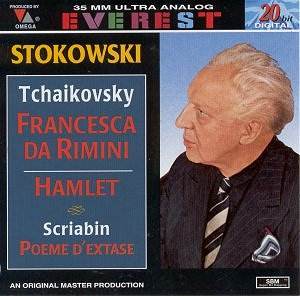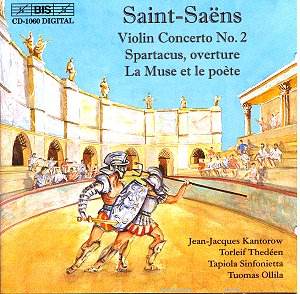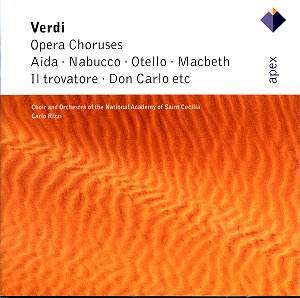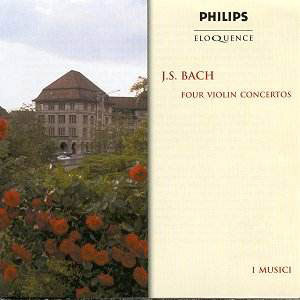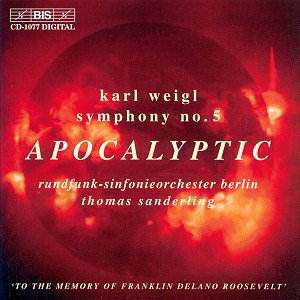 Composer: Karl Weigl
Composer: Karl Weigl
Works: Symphony No. 5 “Apocalyptic” (1945), Phantastisches Intermezzo (1921)
Performers: Rundfunk-Sinfonieorchester Berlin, Thomas Sanderling (conductor)
Recording: February 2000, July 2001, Jesus Christus Kirche, Dahlem, Berlin
Label: BIS
Karl Weigl, an Austrian composer whose career spanned tumultuous times in Europe, remains a figure whose music deserves a renewed examination in the contemporary concert repertoire. His Symphony No. 5, subtitled “Apocalyptic,” composed in 1945, stands as a testament to his artistic resilience and reflects the broader themes of loss and hope in the shadow of World War II. This work, dedicated to Franklin D. Roosevelt, whom Weigl regarded as a beacon of refuge for artists fleeing persecution, encapsulates the duality of despair and gratitude, making it a compelling subject for both historical and musical analysis.
The performance by the Rundfunk-Sinfonieorchester Berlin under Thomas Sanderling presents Weigl’s symphony with a blend of earnest dedication and moments of uncertainty. The opening gesture, where the orchestra tunes before the conductor signals a brass fanfare, is strikingly theatrical, setting high expectations for what follows. Yet, as the subsequent movements unfold, one senses a discrepancy between the ambitious beginning and the material that follows. While the first movement, “Evocation,” initially captivates with its complex thematic interplay, it ultimately settles into a relatively conservative discourse that pays homage to late Romantic idioms, particularly those of Bruckner and Schumann.
The second movement, intriguingly titled “The Dance around the Golden Calf,” aspires to evoke a sense of grotesque revelry. However, the execution lacks the visceral potency found in Schönberg’s treatment of similar themes. Here, the orchestration flirts with absurdity but fails to convey a profound sense of moral urgency, leaving the listener wanting for more. The slow movement, “Paradise Lost,” emerges as a high point in the symphony, showcasing Weigl’s lyrical prowess. Its ethereal coda resonates with Mahlerian echoes, and the emotional weight carried by the strings and woodwinds is particularly poignant, culminating in a hauntingly beautiful resolution.
The finale, titled “The Four Horsemen,” attempts to encapsulate the apocalyptic imagery suggested by its name. Yet, the thematic material feels stretched, and the movement’s climaxes lack the requisite gravitas to fulfill its ambitious title. The sense of urgency one might expect does not quite materialize, as the movement often feels protracted and meandering. This contrasts sharply with the Phantastisches Intermezzo, a work from Weigl’s earlier career that, while also lengthy, maintains a more cohesive and engaging thematic narrative. Its orchestration sparkles with a French brilliance reminiscent of Dukas, while the Romantic flourishes hark back to Mahler, showcasing Weigl’s ability to balance diverse influences effectively.
Sanderling’s direction offers a committed reading, but there are moments where the ensemble’s hesitancy becomes apparent, particularly in the symphony’s more demanding passages. Individual sections, especially the winds, exhibit fine nuances, yet the overall orchestral blend could benefit from a more integrated sound. The recording quality, while clear, occasionally lacks the depth and richness necessary to convey the full weight of Weigl’s climaxes, diminishing their impact.
A comparative lens reveals that while Weigl’s Fifth may not rival the most groundbreaking symphonic works of the 20th century, it occupies a unique space within the canon of neglected masterpieces. BIS has made a commendable effort in bringing Weigl’s music to light, and this recording serves as a solid introduction to his oeuvre. The potential for a complete set of Weigl’s symphonies remains an enticing prospect, as there is much more to explore in his compositional legacy. This recording of Symphony No. 5, despite its imperfections, ultimately succeeds in shedding light on a composer whose voice deserves recognition, resonating with both historical significance and emotional depth.
